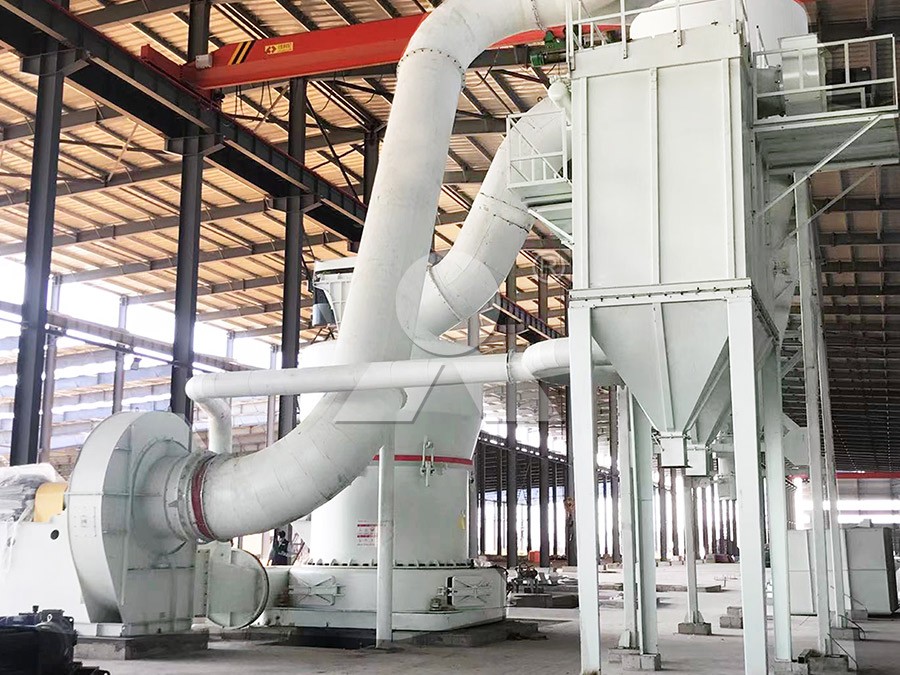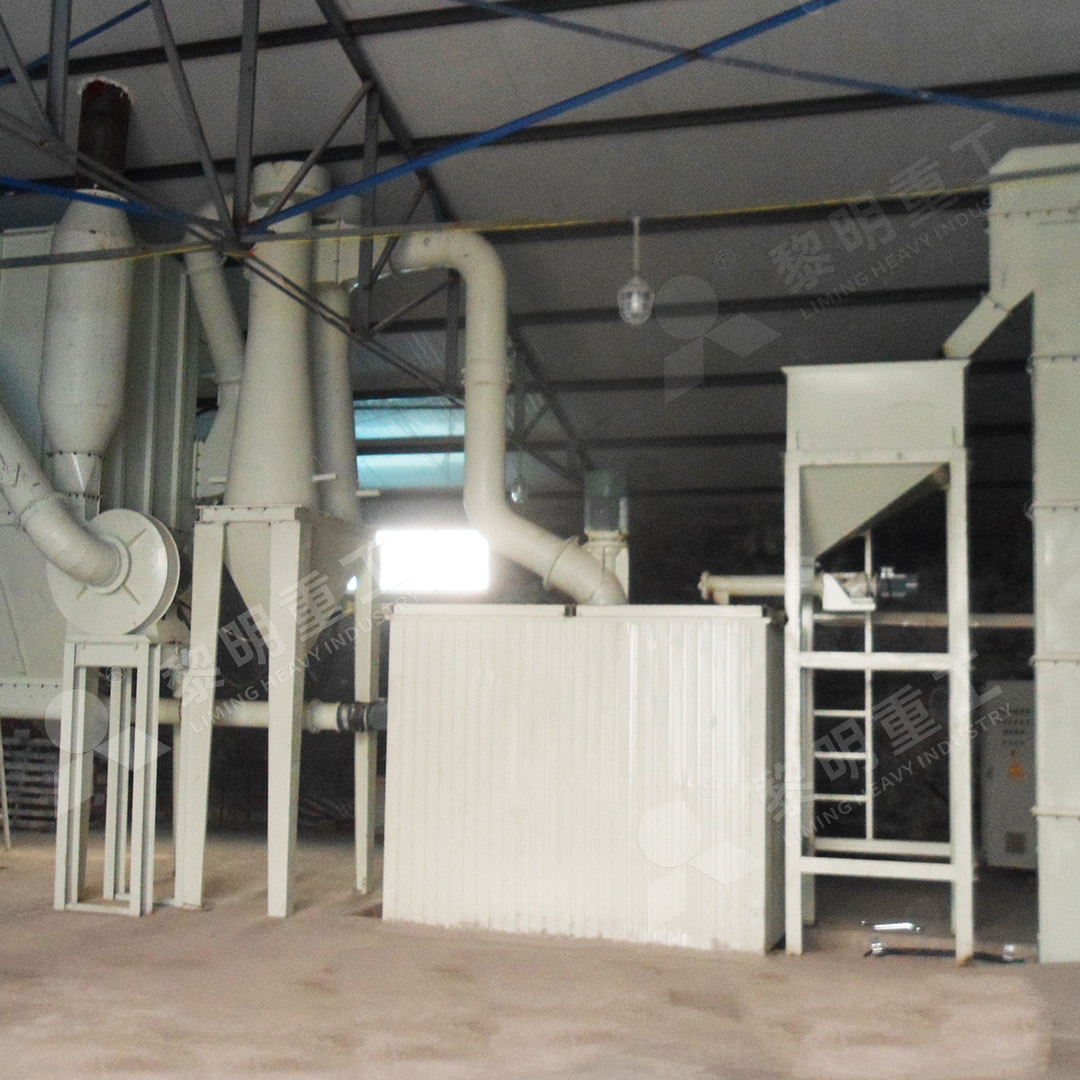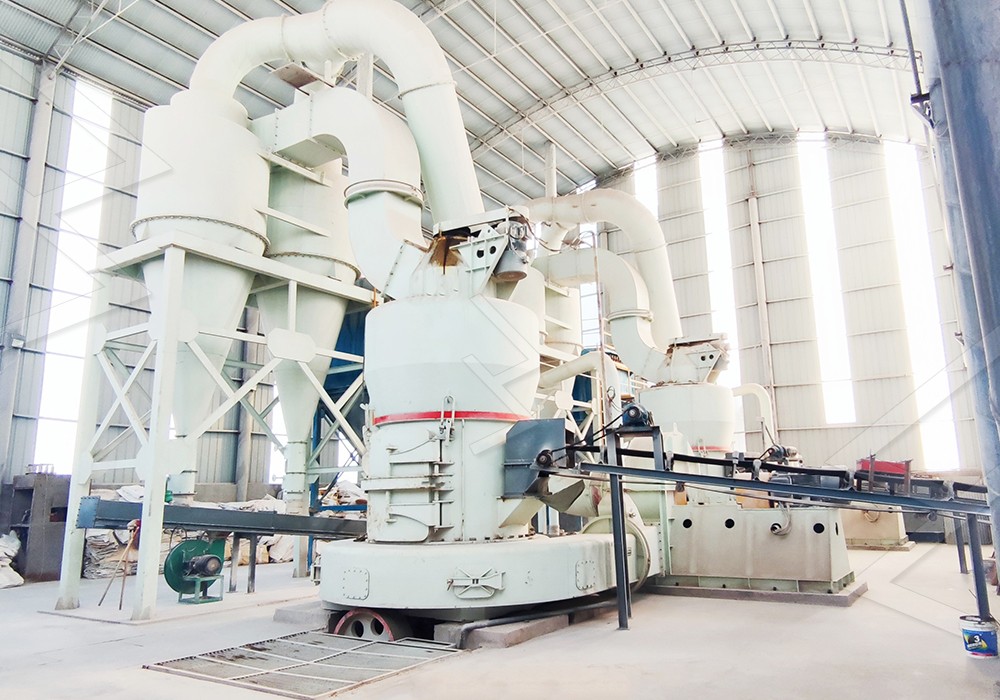Raymond Mill for Stone Powder Processing: Key Features and Applications
Raymond Mill for Stone Powder Processing: Key Features and Applications
In the world of industrial mineral processing, the transformation of raw stone materials into fine powders represents a critical stage in numerous manufacturing processes. For decades, Raymond Mill technology has served as the backbone of this powder production, evolving significantly to meet modern industrial demands for efficiency, precision, and environmental responsibility.
Traditional Raymond Mills have established themselves as workhorses in processing facilities worldwide, handling materials with input sizes up to 25mm and capacities ranging from 0.6 to 5 tons per hour. These systems excel in applications across desulfurization, metallurgy, non-metallic ore milling, and construction materials, providing reliable performance with relatively low investment and operational costs.

Modern Advancements in Grinding Technology
While traditional Raymond Mills continue to serve many operations effectively, technological advancements have given rise to more sophisticated grinding solutions that address specific production requirements. The evolution of grinding technology has focused on enhancing energy efficiency, improving product quality, and reducing environmental impact.
Among these advancements, our MW Ultrafine Grinding Mill represents a significant leap forward for operations requiring ultra-fine powder production. With an input size capability of 0-20mm and capacity ranging from 0.5 to 25 tons per hour, this system is engineered for customers who need to produce powders between 325-2500 meshes. The innovative design features higher yielding with lower energy consumption—achieving 40% higher production capacity than jet grinding mills with system energy consumption reduced to just 30% of comparable systems.
What truly sets the MW Ultrafine Grinding Mill apart is its thoughtful engineering. The absence of rolling bearings and screws in the grinding chamber eliminates concerns about bearing damage or machine failure caused by loose screws. Meanwhile, the external lubrication system allows for maintenance without shutdown, enabling continuous 24-hour operation that maximizes productivity.

Application Spectrum
The versatility of modern grinding mills extends across a broad spectrum of materials and industries. From limestone, calcite, and dolomite to petroleum coal, gypsum, barite, and marble, these systems transform diverse raw materials into precisely graded powders. The applications extend beyond traditional construction materials to more specialized sectors including chemicals, paints, cosmetics, pharmaceuticals, and food additives.
For operations requiring even greater precision and specialized handling, our LUM Ultrafine Vertical Grinding Mill offers another compelling solution. With its input size of 0-10mm and capacity of 5-18 tph, this system integrates ultrafine powder grinding, grading, and transporting into a single, efficient unit. The LUM mill’s unique roller shell and lining plate grinding curve generates material layers more effectively, enabling high rates of finished products through single-pass powder milling.
Environmental Considerations
Modern grinding operations must address environmental concerns without compromising productivity. Contemporary systems like the MW Ultrafine Grinding Mill incorporate efficient pulse dust collectors and mufflers that significantly reduce both dust emissions and operational noise. The entire production process is designed according to national environmental protection standards, ensuring minimal ecological impact while maintaining high output quality.
The digital revolution has also reached grinding technology, with numerical control machining ensuring high precision across all components. From steel plate cutting and bending to planing, milling, and paint spraying, digitally controlled processes guarantee consistency and reliability, particularly for core components where precision matters most.

Frequently Asked Questions
What is the typical particle size range achievable with modern Raymond Mills?
Traditional Raymond Mills typically produce powders in the range of 80-325 mesh, while advanced systems like the MW Ultrafine Grinding Mill can achieve fineness between 325-2500 meshes, with screening rates reaching d97≤5μm in a single pass.
How do modern grinding mills address maintenance challenges?
Contemporary designs incorporate features like external lubrication systems (MW Ultrafine Grinding Mill) and reversible structures with hydraulic adjustment systems (LUM Ultrafine Vertical Grinding Mill) that allow for easier maintenance without prolonged shutdowns.
What energy efficiency improvements have been implemented in newer models?
Advanced systems achieve 30-50% reduction in energy consumption compared to traditional mills through innovations like optimized grinding curves, efficient powder separation technology, and improved airflow dynamics.
Can these systems handle materials beyond traditional stones and minerals?
Yes, modern grinding mills process diverse materials including petroleum coal, talc, barite, and specialized applications in chemical, pharmaceutical, and food industries where purity and consistency are critical.
How do environmental features function in these grinding systems?
Integrated pulse dust collectors effectively capture particulate matter, while mufflers and noise elimination rooms reduce acoustic impact. The systems operate under negative pressure to prevent dust escape and meet stringent environmental standards.
